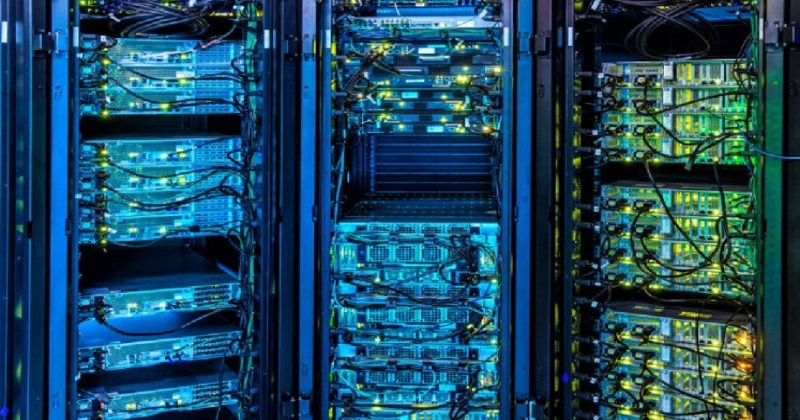
Iran’s Telecommunications Minister Mohammad Javad Azari Jahromi launched Simorgh, a supercomputer capable of delivering 1 petaflops of AI performance which would be double its current nominal power.The supercomputer named Simorgh after a mythical Persian bird has a performance capacity of 0.56 petaflops at the moment and will reach one petaflops in two months.
The supercomputer is wholly designed and built by a team of Iranian engineers, who developed the country’s first supercomputer a decade ago, but some of its hardware has been imported.
The supercomputer will offer large-scale data analysis services for a variety of state-run and private scientific research. Among other things, it will be used in analyzing artificial intelligence, crunching traffic and weather data, and image processing. The supercomputer aims to provide a reliable infrastructure to companies with a focus on private firms in addition to servicing the government.
The supercomputer is to comprise 42 racks in an area of approximately 250 sq metres (2,690 sq feet) based on the TIA-942 standard and is projected to be upgraded to 84 racks laid out in an area of 400 sq metres (4,305 square feet).
According to the IRNA, the infrastructure put in place at Tehran’s AUT will allow the supercomputer to reach a capacity of 10 petaflops in its next stages of development, which will put it in the ranks of some of the strongest international peers.The university worked in cooperation with the Ministry of Information and Communications Technology (ICT), which provided half of its 1 trillion rial ($4.5m) budget,and the scientific division of the presidential office and the ministry of science bore the rest of the cost.
The work on the next supercomputer has already started, and it will have 100 times the capacity of Simorgh and will be named Maryam, after the late world-class Iranian mathematician Maryam Mirzakhani.
In computer science and software engineering, computer software is all information processed by computer systems, programs and data. Computer software includes computer programs, libraries and related non-executable data, such as online documentation or digital media. Computer hardware and software require each other and neither can be realistically used on its own.

Post Your Comments